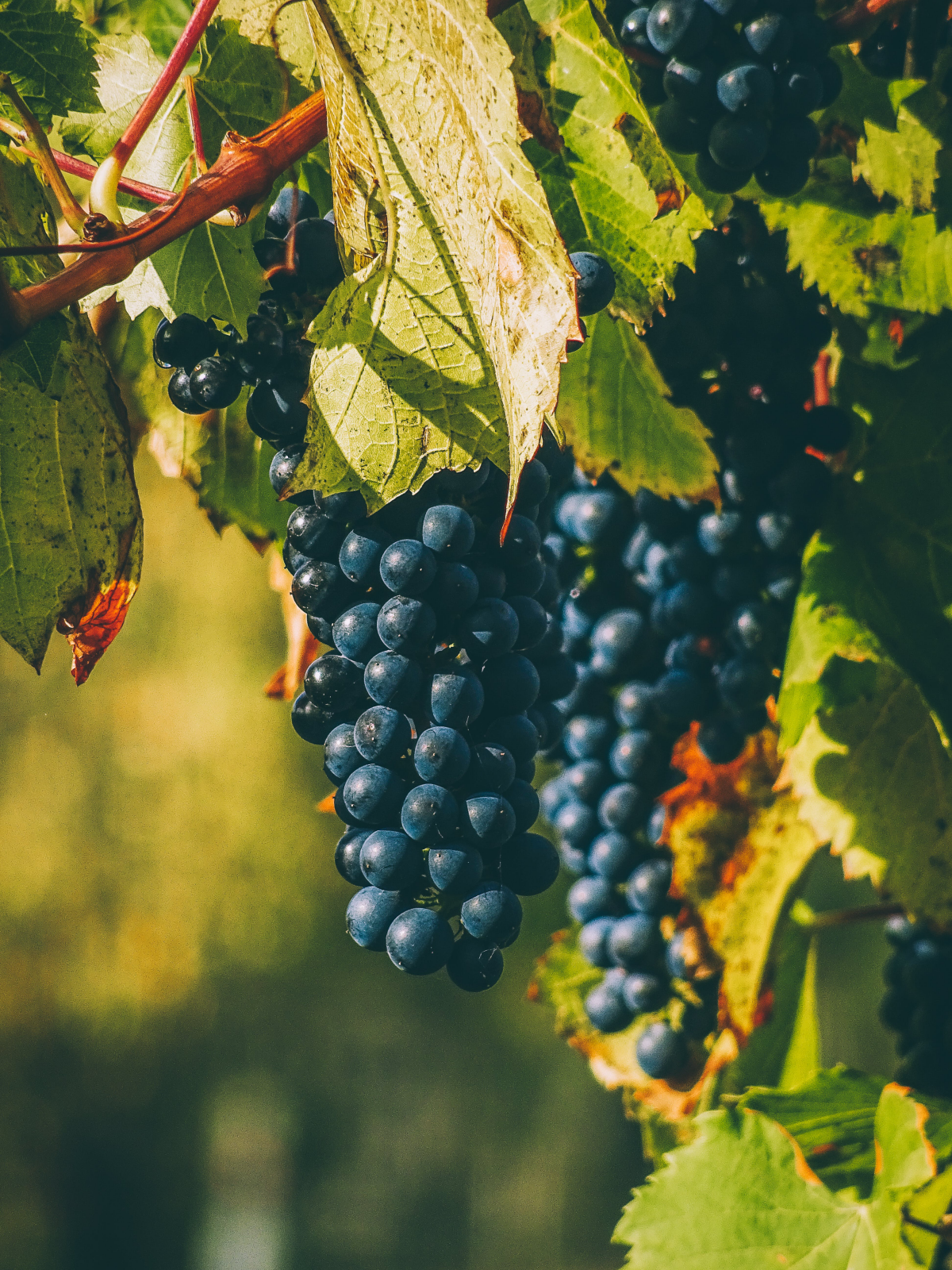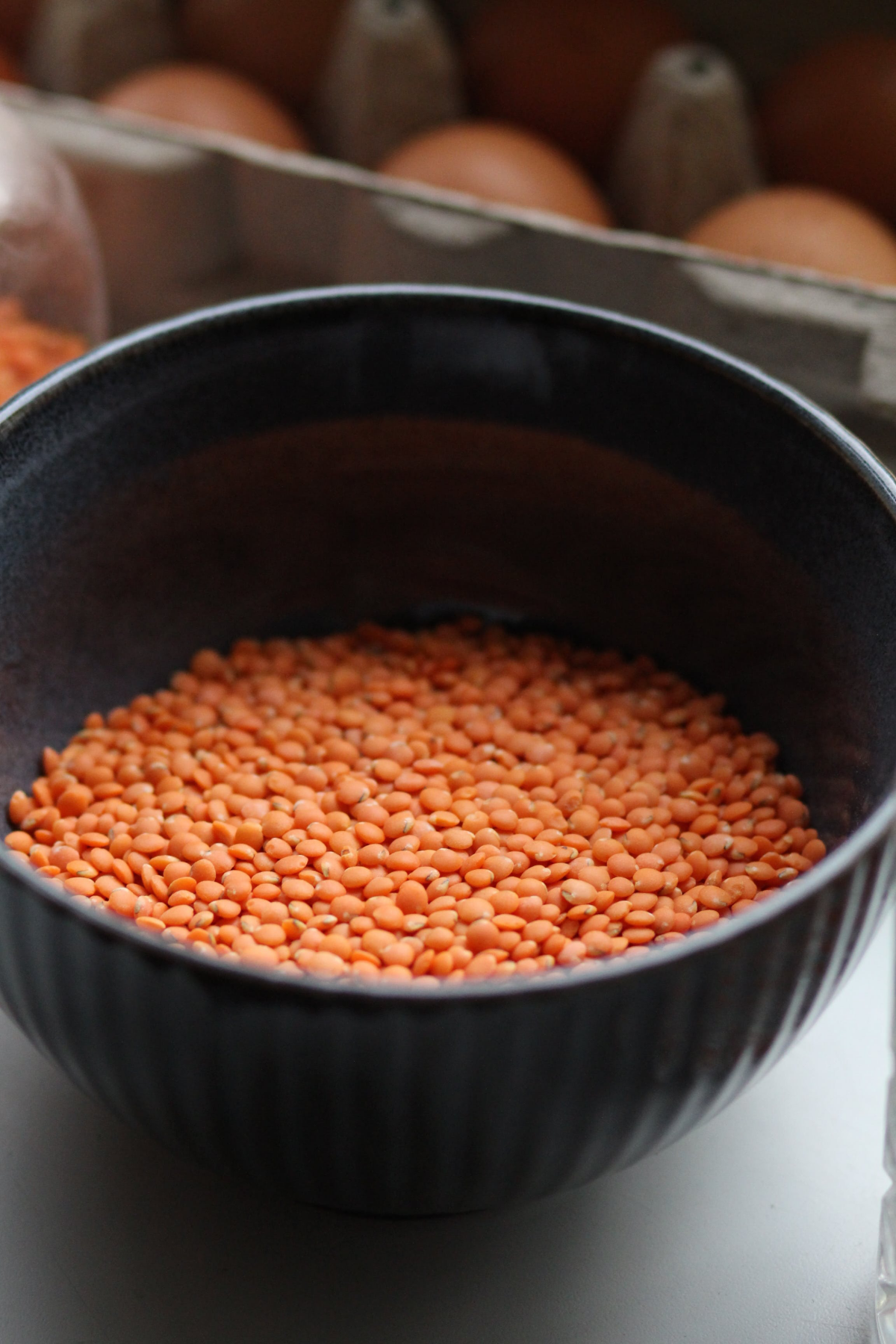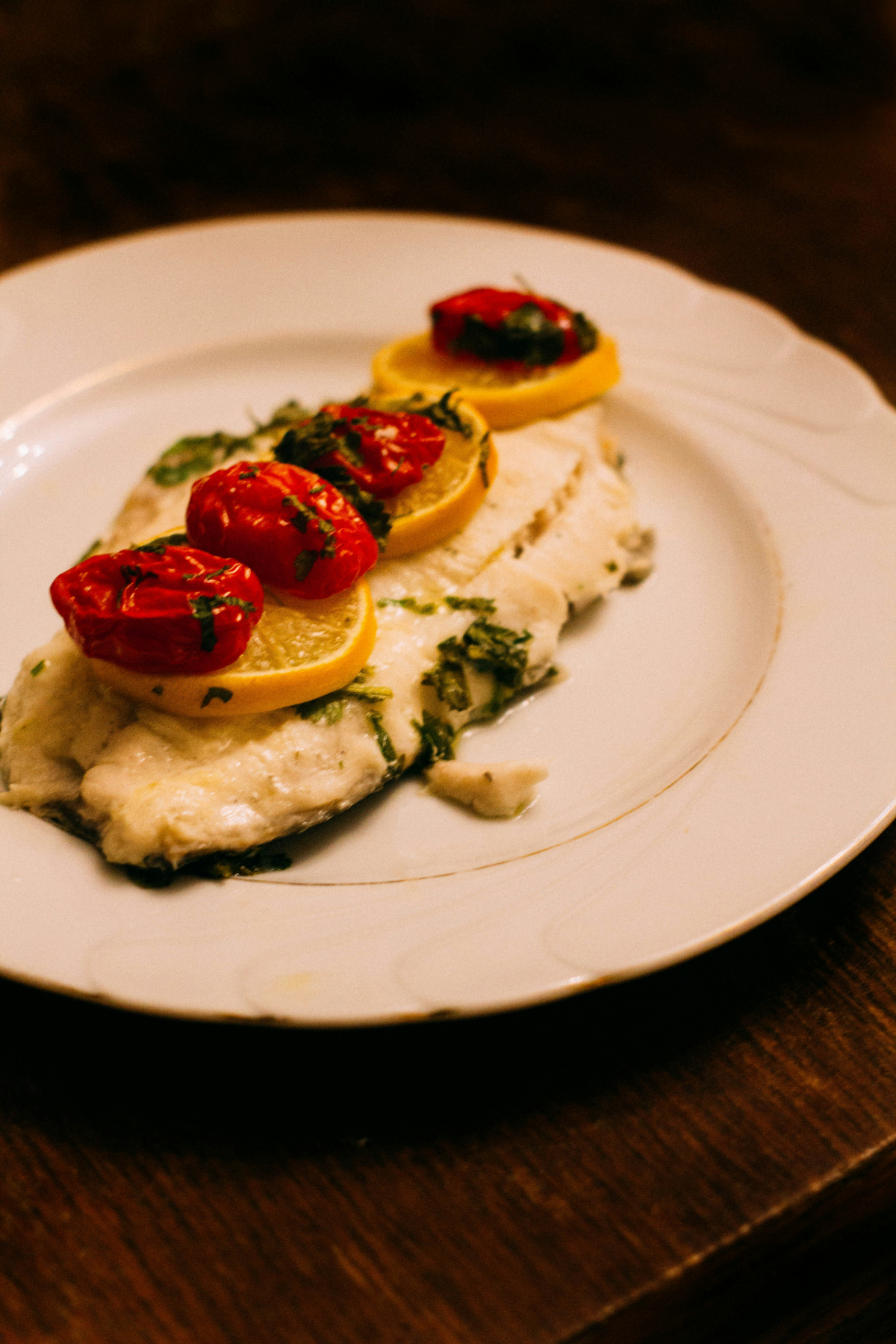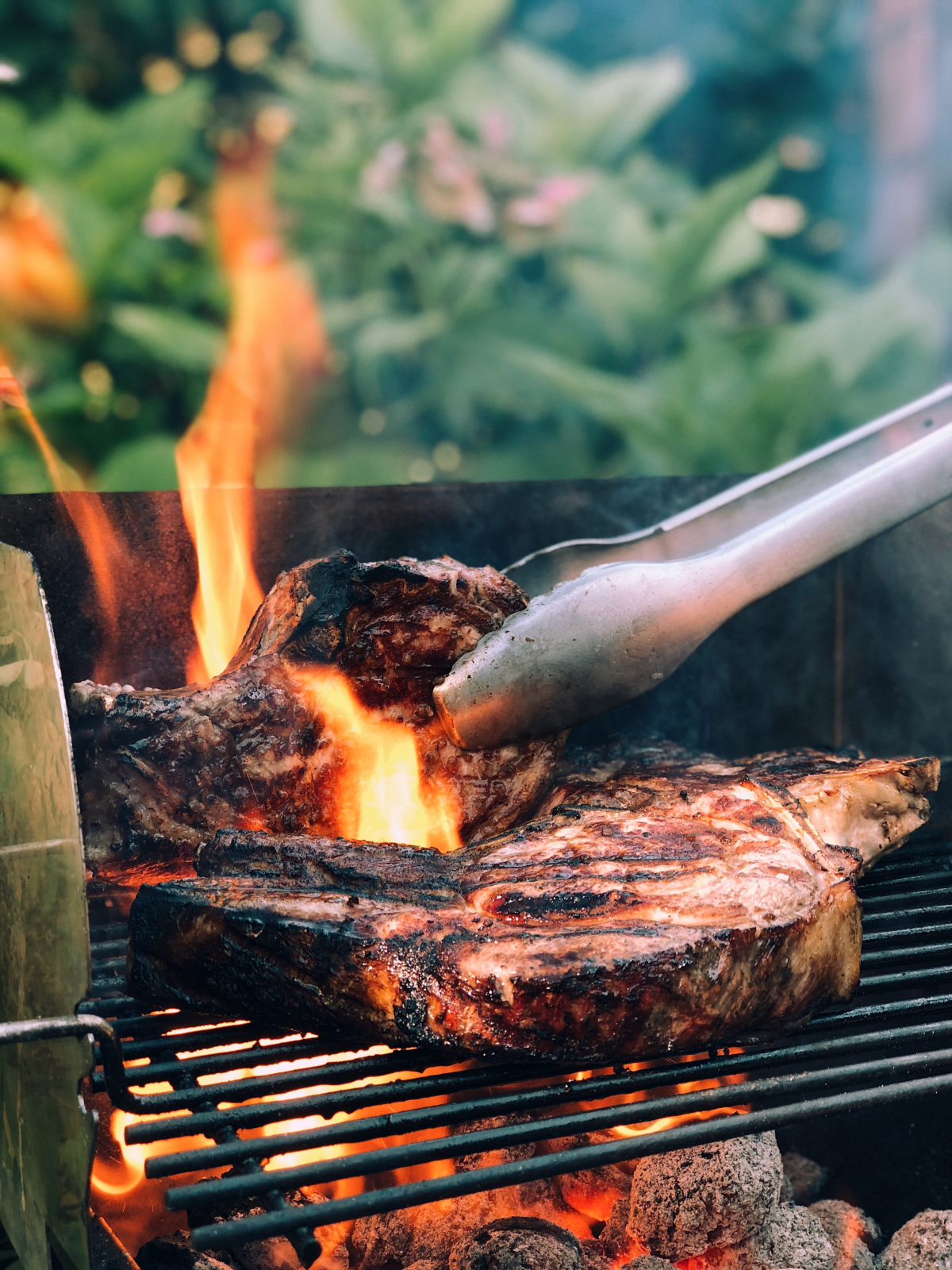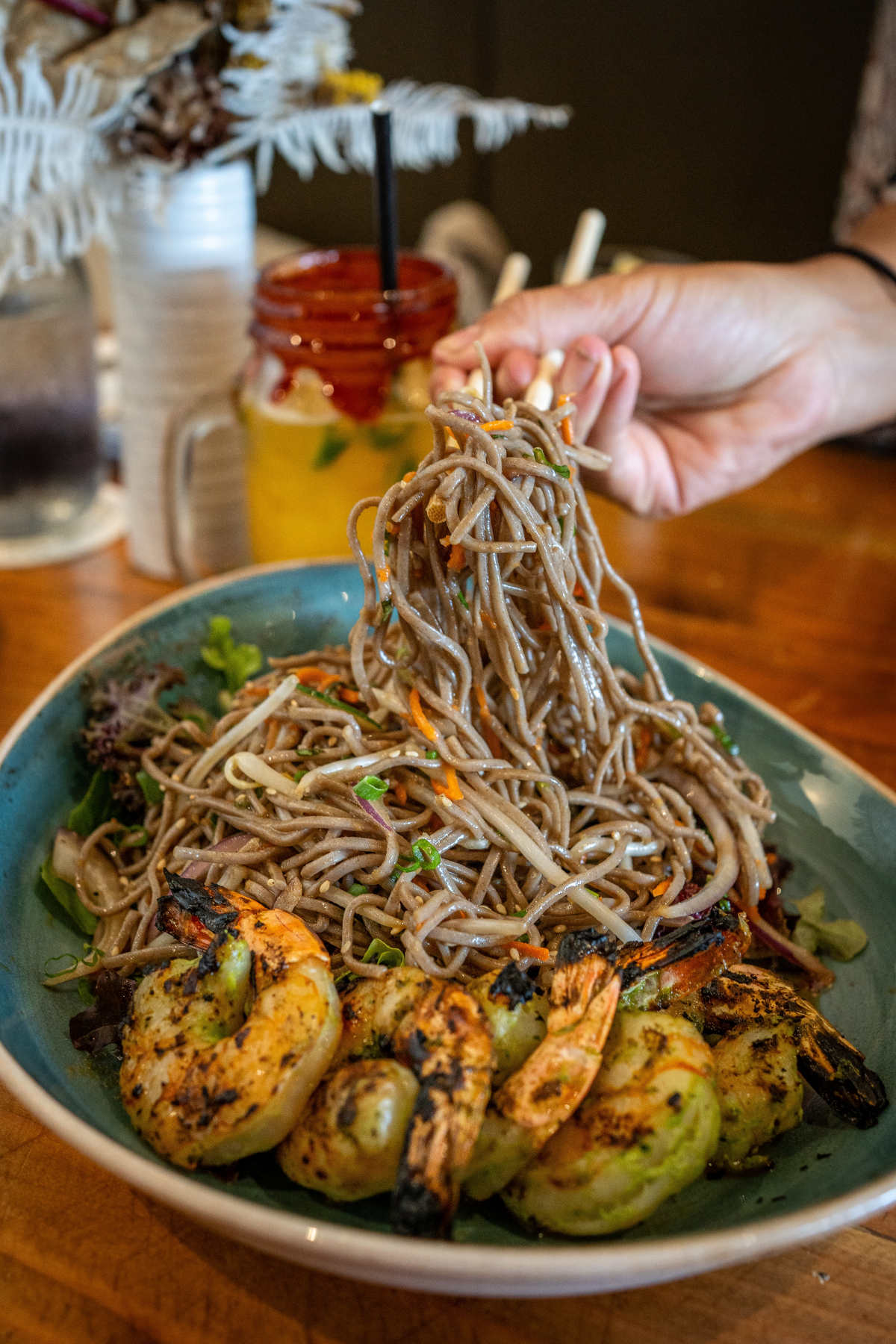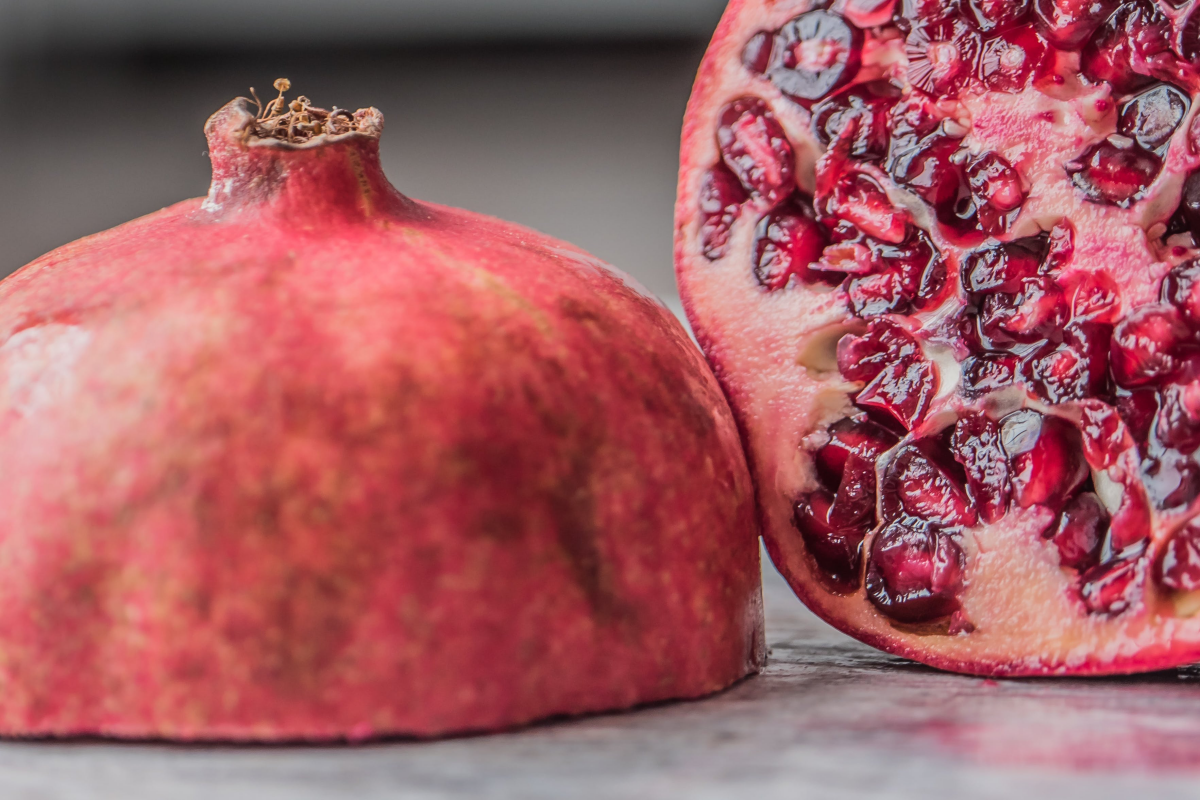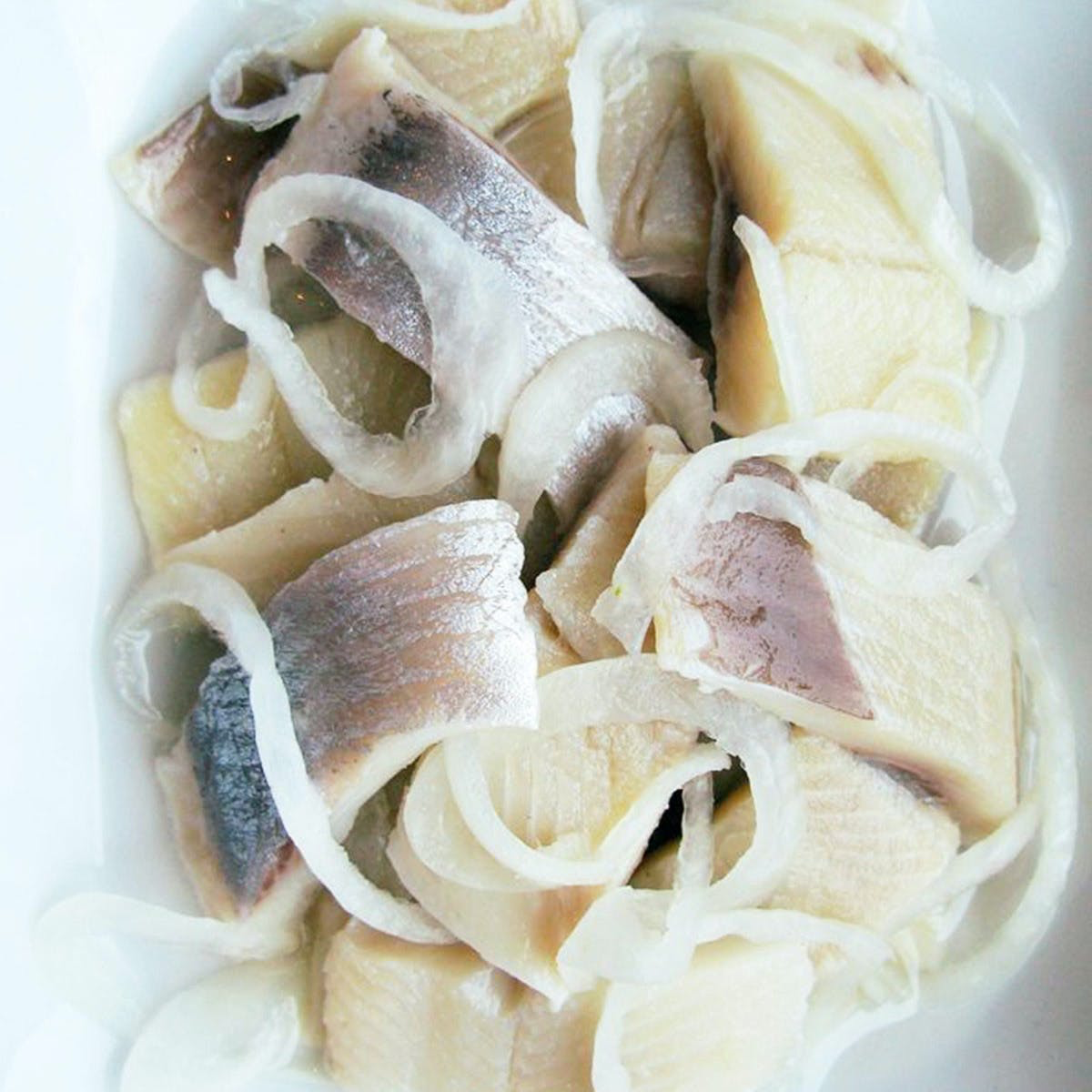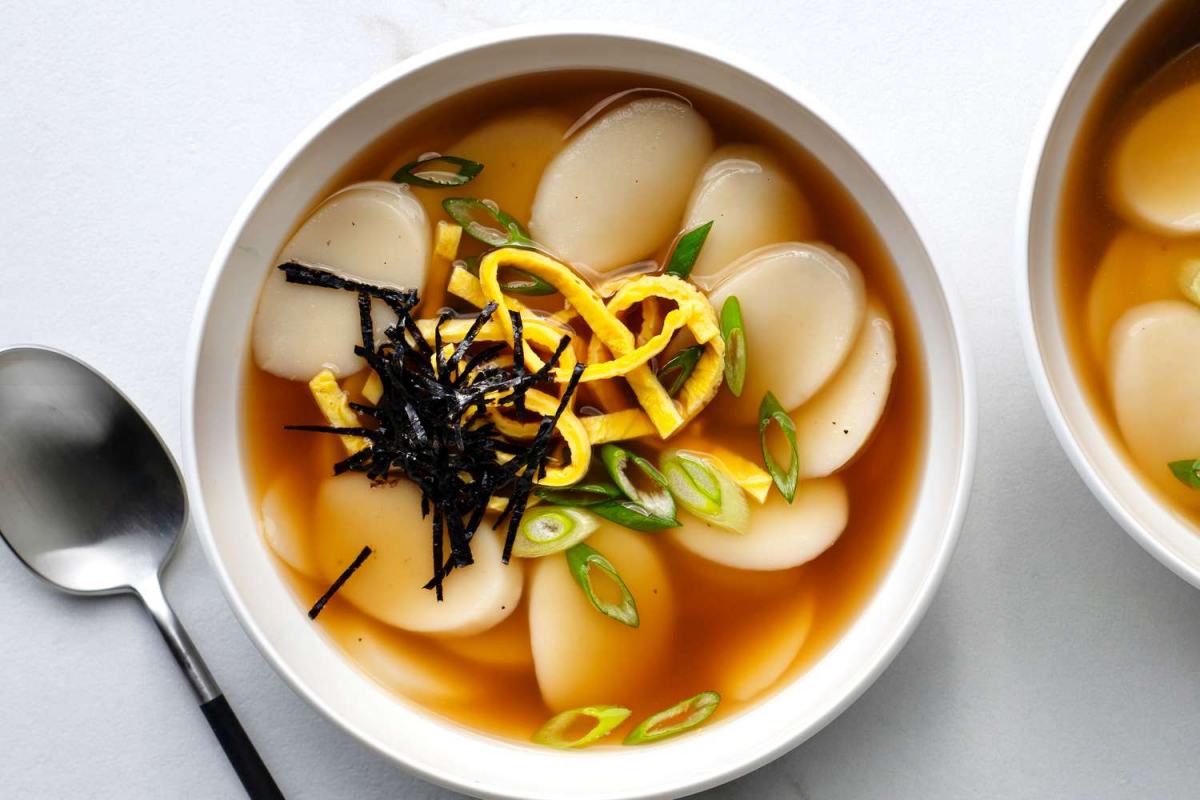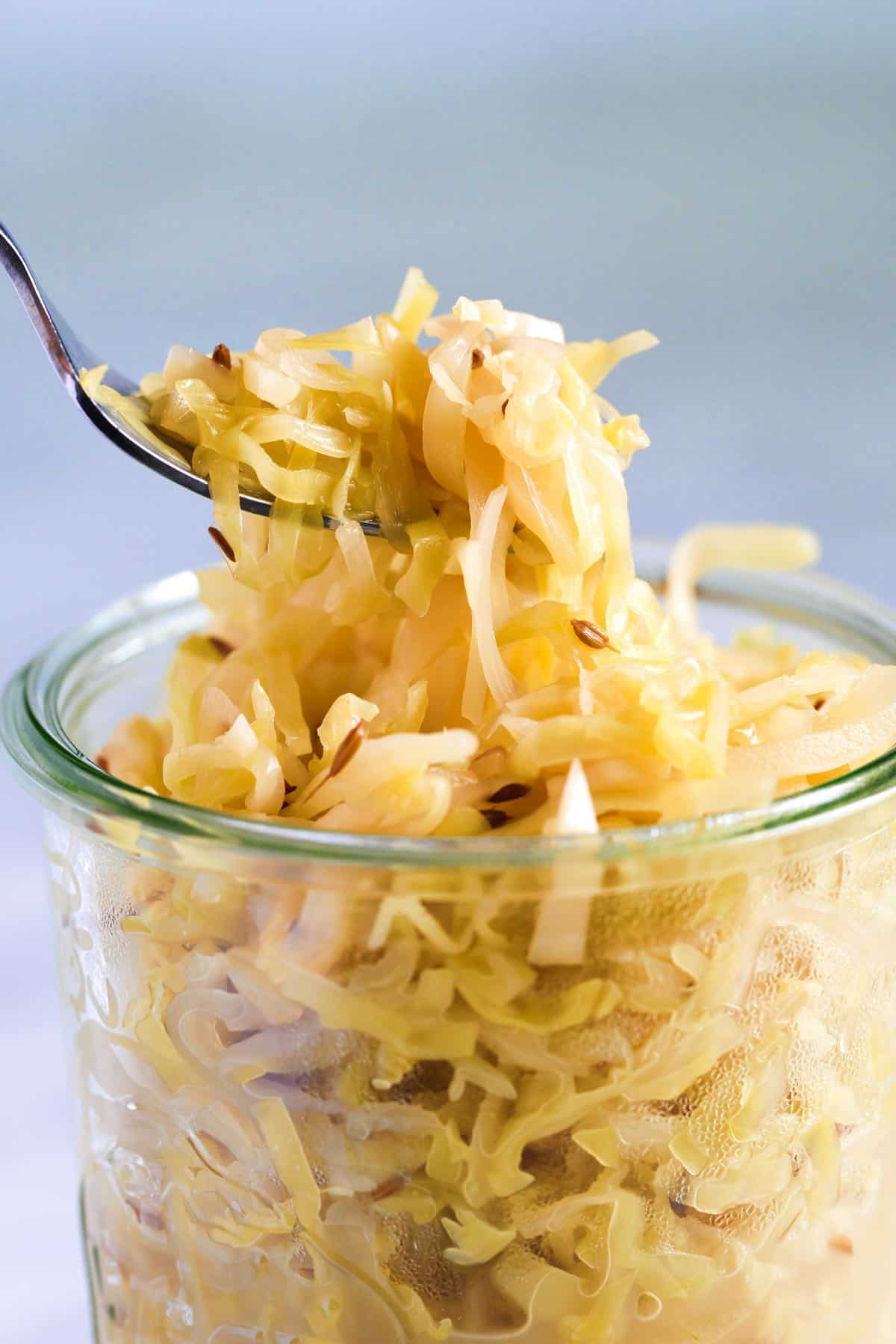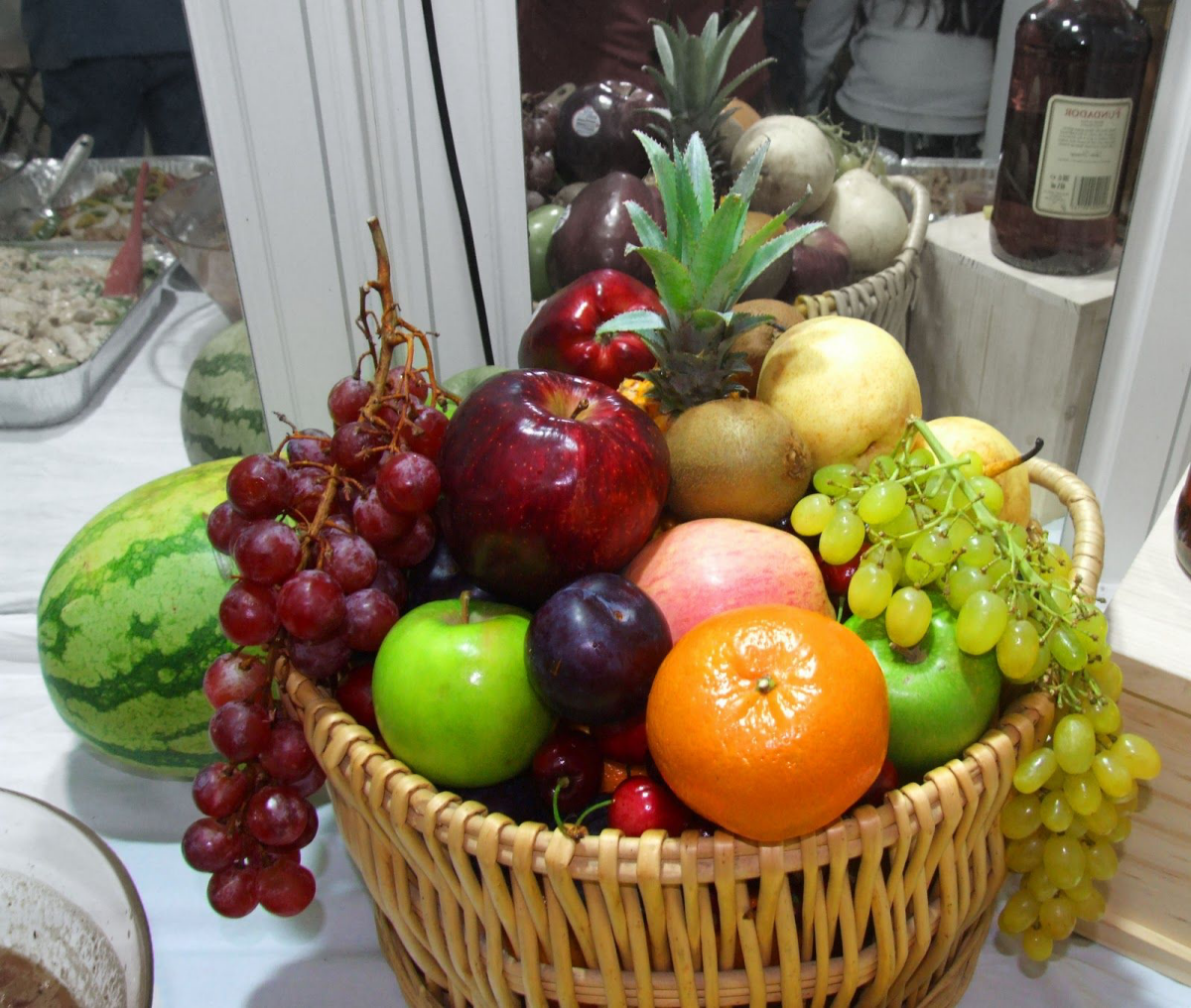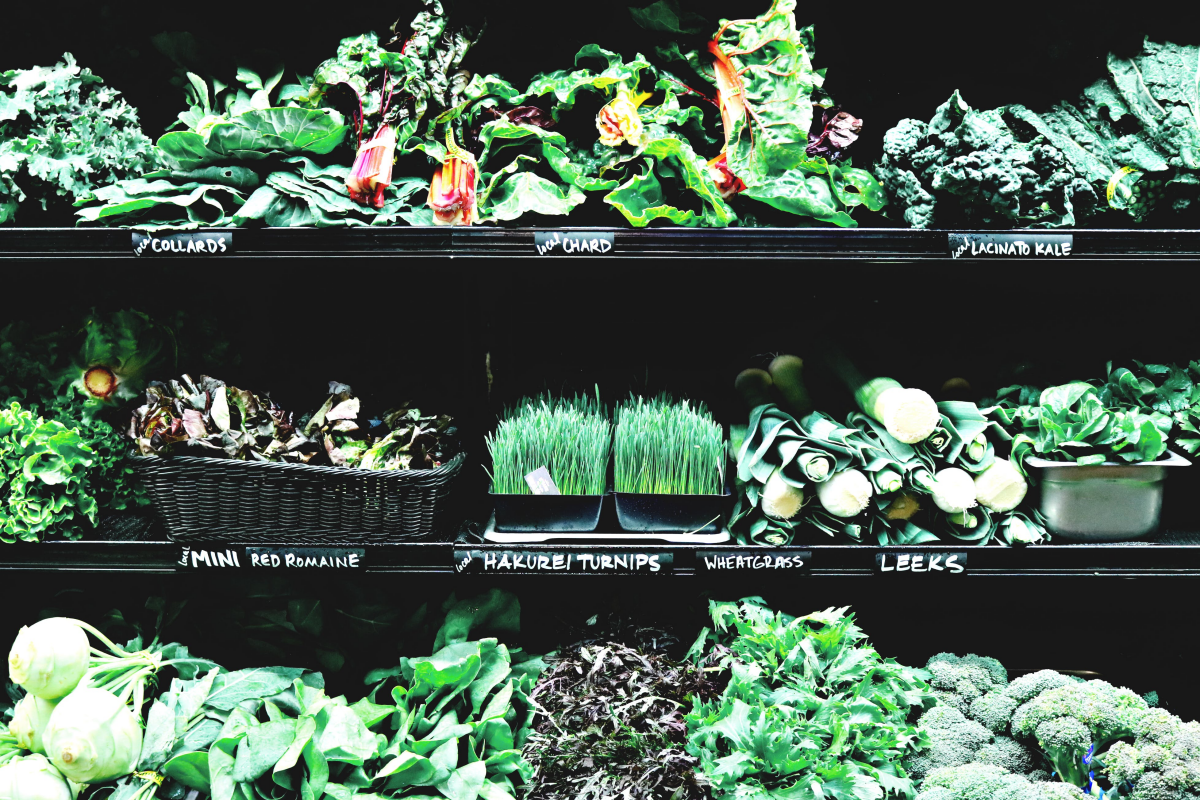Lucky New Year’s Food: Indulge In These 15 Delicious Dishes
As the New Year approaches, it’s not just about the clinking of champagne glasses and the sparkle of fireworks. It’s also a time rich in culinary traditions. Food, in its festive and flavorful glory, plays a pivotal role in ushering in the New Year. Across the globe, certain foods are deemed lucky and believed to bring prosperity, health, and good fortune in the year ahead. From the succulent grapes in Spain to the hearty lentils in Italy, these culinary traditions are steeped in history and culture. So, let’s embark on a delicious journey to discover these lucky foods. And perhaps, by incorporating them into our own New Year’s feasts, we might just invite a bit of that good fortune into our lives. Let’s see what lucky New Year’s food we should enjoy this holiday season.
New Year’s is a time rich in culinary tradition
In this article
Lucky New Year’s Food
The arrival of the New Year is not just the turning of a page on the calendar. It’s a symbolic moment of renewal and burgeoning hope. In this spirit of new beginnings, food plays a pivotal role, intertwining culture, tradition, and a dash of superstition. Across the globe, various cuisines celebrate the New Year with specific food. Each food is believed to bring good luck, prosperity, and health. While some foods are thought to be unlucky. These culinary traditions, steeped in history and folklore, are more than just meals. They are rituals that have been passed down through generations. They reflect the hopes and aspirations of different cultures for the year ahead. From the vineyards of Spain to the bustling streets of Tokyo, each dish has a unique story to tell. So, let’s embark on a global culinary tour to explore ten of these lucky foods.
Various cuisines celebrate the New Year with specific foods
Grapes
In Spain, the stroke of midnight on New Year’s Eve is marked not just by cheers but by a unique tradition: eating twelve grapes. Each grape represents a month of the coming year, symbolizing hopes for prosperity and good fortune in each. Spaniards partake in this ritual with each bell chime as the new year rings in. It’s a playful yet earnest race against time, where each sweet grape is savored as a wish for the future. This tradition is not only deeply rooted in Spanish culture but also adds a fun, anticipatory element to the New Year’s celebrations, blending superstition with the joy of togetherness.
Each grape represents a month of the coming year
Lentils
In Italy, lentils are more than a staple. They’re a symbol of prosperity and good fortune, especially when the new year dawns. Their coin-like shape is believed to bring wealth. Italians traditionally cook lentils in a rich, hearty stew, served as the first meal of the year. This dish is not just a symbol of luck but also a comforting, warm start to the year. It embodies the Italian spirit of embracing both the simple and the splendid, turning a humble legume into a bearer of future successes and joys.
Lentils are a symbol of prosperity and good fortune
Black-eyed peas
In the Southern United States, black-eyed peas hold a special place in New Year’s culinary traditions. Known for symbolizing luck and prosperity, they are often served alongside greens, representing money, and cornbread, signifying gold. This combination of foods is more than a delicious meal. It’s a heartfelt wish for a prosperous year. The tradition of eating black-eyed peas, deeply ingrained in Southern culture, turns the dinner table into a space of hope and anticipation for the good things to come.
Black-eyed peas symbolize luck and prosperity
Fish
Across various cultures, fish is a staple New Year’s food, revered for its symbolic significance. The shiny scales of fish are reminiscent of coins, symbolizing wealth and prosperity. Often served whole, it represents a good beginning and end to the year. This tradition spans across continents, from Europe to Asia, reflecting a universal hope for abundance and well-being. Serving fish during New Year’s celebrations is not just about culinary preference. It’s a shared cultural expression of hope for prosperity that transcends boundaries.
Fish is a staple New Year’s food
Pork
Pork is a New Year’s favorite in many cultures, symbolizing progress and prosperity. The forward rooting of pigs is seen as a sign of moving ahead. Whether it’s savored as a roast, incorporated into sausages, or enjoyed in other forms, pork is a versatile and beloved part of New Year’s feasts. Its presence on the table is a hopeful nod to the future, an edible representation of the desire to move forward and embrace the new year with optimism and gusto.
Pork symbolizes progress and prosperity
Soba noodles
In Japan, the custom of eating soba noodles on New Year’s Eve, known as Toshikoshi Soba, holds a special place in the heart of the celebration. These long, buckwheat noodles symbolize longevity and prosperity, reflecting the desire for a life filled with good health and fortune. The tradition involves savoring these noodles with a mindful appreciation of the past year’s experiences and a hopeful outlook for the year ahead. The act of eating soba noodles as the year transitions is more than a culinary choice. It is a ritual that embodies the elegance and simplicity of Japanese culture. It’s a symbolic gesture of letting go of the hardships of the past year and stretching forward into the new year with resilience and grace.
The tradition involves savoring these noodles
Pomegranate
The pomegranate, with its vibrant red color and abundant seeds, is a symbol of fertility and abundance in Turkish culture. Consuming this fruit during New Year’s celebrations is believed to bring a year filled with blessings and prosperity. The bursting seeds of the pomegranate represent the many opportunities and joys that the new year might hold. This tradition is a colorful and tasty way to welcome the year, imbuing it with the hope for abundance in all aspects of life.
Pomegranates are a symbol of fertility and abundance in Turkish culture
Pickled herring
In Scandinavian countries, pickled herring is considered a bringer of good fortune, particularly if it’s in shades of silver, reflecting the color of prosperity. This tradition is steeped in the belief that starting the year with herring will ensure a year of bounty and wealth. The tangy and flavorful fish is not just a culinary preference but a symbolic gesture towards a prosperous future. This practice showcases the unique ways in which different cultures use food to convey their hopes and wishes for the New Year.
Pickled herring is a classic Scandinavian New Year’s food
Rice cake soup
In Korea, the New Year is welcomed with a bowl of Tteokguk. This rice cake soup is more than just a dish—it’s a symbol of good luck and longevity. Consuming this soup is believed to add a year to one’s age, embodying the passage of time and the accumulation of wisdom. The ritual of eating Tteokguk is a cherished tradition, combining the comforts of a warm, savory soup with the profound cultural significance of aging and renewal.
Consuming this soup is believed to add a year to one’s age
Sauerkraut
In Germany, cabbage, particularly in the form of sauerkraut, is a New Year’s staple, symbolizing fortune and wealth. Its green leaves represent money, and eating it is thought to ensure financial prosperity in the year ahead. This tradition turns a common vegetable into a token of good luck. It merges the simple pleasures of a delicious dish with the deep-rooted hope for a prosperous future. The act of eating cabbage during the New Year is a testament to the enduring belief in the power of food to influence our fortunes.
Sauerkraut is a New Year’s food staple
Round fruits
In the Philippines, the New Year is greeted with a delicious and visually appealing tradition – the display and consumption of 12 round fruits, each representing a month of the upcoming year. This custom, rooted in the belief that round fruits symbolize coins and thus bring prosperity, is a vibrant and integral part of the Filipino New Year celebration. Families carefully select a variety of fruits, ensuring each is perfectly round, and arrange them in beautiful displays, often as a centerpiece in their homes. Eating these fruits as the New Year dawns is not just a tasty start to the year but also a shared hope for wealth and good fortune. This tradition transforms ordinary fruits into symbols of prosperity, uniting families in a festive, joyful celebration.
Each fruit represents a month of the upcoming year
Vasilopita
In Greece, the cutting of the Vasilopita, a special New Year’s cake, is a moment filled with anticipation and excitement. Baked with a hidden coin, the cake is a symbol of good luck for the year to come. At the stroke of midnight, the cake is sliced, and each member of the family eagerly awaits to see who will find the coin in their piece. The lucky finder is said to be blessed with good fortune for the entire year. This tradition, blending the sweetness of cake with the thrill of chance, is a cherished ritual in Greek households. Vasilopita is not just a dessert. It’s a festive marker of the New Year, bringing families together in a joyful, hopeful celebration.
At the stroke of midnight, you slice the cake
Oliebollen
Oliebollen, a traditional Dutch treat similar to doughnuts, are a staple New Year’s food celebration in the Netherlands. These deep-fried delicacies, often filled with raisins or apples, are believed to ward off evil spirits, thanks to their high-fat content. Consumed in large quantities throughout the country, oliebollen are a symbol of indulgence and festivity. As the old year wanes and a new one begins, these treats offer a moment of culinary joy, symbolizing the end of one chapter and the hopeful start of another. In the Netherlands, oliebollen are more than just a seasonal snack. They are an integral part of the New Year’s Eve tradition, embodying the spirit of celebration and the anticipation of good things to come.
Oliebollen is a Dutch treat similar to doughnuts
Cornbread
In the Southern United States, cornbread is a staple on New Year’s Day, served alongside black-eyed peas and greens. This golden bread is not just a delightful accompaniment to the meal. It’s imbued with symbolism. The color of cornbread resembles gold. Thus it is believed to bring about wealth and prosperity in the coming year. Made with love and often a touch of sweetness, cornbread represents the richness of life and the sweetness of new beginnings. In Southern homes, the aroma of freshly baked cornbread is a comforting and familiar scent, heralding the start of a new year filled with hope, tradition, and the warmth of family gatherings.
Cornbread is a New Year’s food staple
Greens
In various cultures, consuming greens at the start of the New Year is considered auspicious. The green color symbolizes money and economic fortune, making dishes with cabbage, kale, or collards popular choices. This tradition spans from the Southern United States to parts of Europe. The preparation of these leafy vegetables varies from simple sautés to inclusion in complex stews. The act of eating greens is seen as a proactive step towards ensuring a prosperous and financially secure year. It’s a simple yet profound culinary ritual, reflecting the universal hope for abundance and success in the year ahead.
Consuming greens at the start of the New Year is auspicious
In embracing these lucky New Year’s foods, we do more than follow tradition. We connect with a sense of hope and joy. Whether it’s the sweetness of a grape or the heartiness of a lentil, these foods carry stories and wishes for the year ahead. So, as you prepare your New Year’s feast, consider adding a dish or two to this list. Who knows? It might just bring that extra bit of luck and joy you’re looking for. After all, if there’s any truth to these traditions, it’s that good food, shared with loved ones, is always a recipe for happiness. Here’s to a prosperous, healthy, and delectable New Year!
Embrace these lucky New Year’s foods


